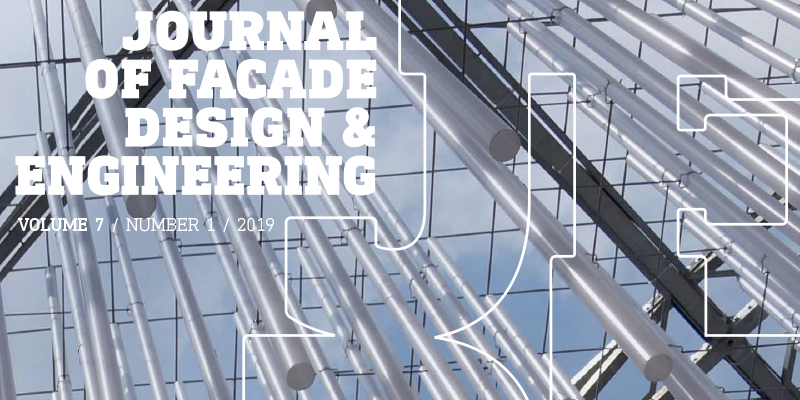Downloads
DOI:
https://doi.org/10.7480/jfde.2019.1.3025Abstract
This issue of the Journal of Façade Design and Engineering is a result of the second façade conference, PowerSkin, held on January 17th 2019, in the context of the building trade fair ‘BAU’ in Munich. The conference was organized collaboratively by TU Munich, TU Darmstadt, and TU Delft. All three universities conduct high-impact research and education in the field of building envelopes.
The conference featured a mix of practice and education experiences, as well as scientific contributions, and aimed to answer the key question of the 2019 conference: How can digital tools and methods promote changes that aim towards the decarbonisation of the built environment and the improvement of well-being? The 2019 conference focused on the envelope as an integral part of the building and its energy system, as well as the main driver to create comfort. Thus, the envelope is understood in its condition of being a complex interface to the social, economic, and climatic environment in which we build our cities. The interaction between these topics, the influences they create, and the digital tools that have been developed and used to design and engineer building envelopes are the main focus points of each of the papers published in this issue.
We thank our guest editors Thomas Auer (TU Munich) and Jens Schneider (TU Darmstadt), and their respective teams, who have been key partners in creating this special issue.
How to Cite
Published
Issue
Section
License
Copyright (c) 2019 Ulrich Knaack, Tillmann Klein

This work is licensed under a Creative Commons Attribution 4.0 International License.
Authors or their institutions retain copyright to their publications without restrictions.
